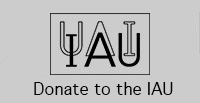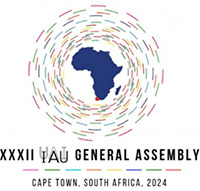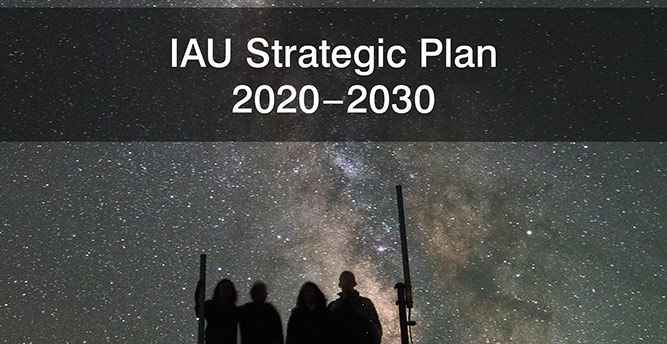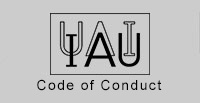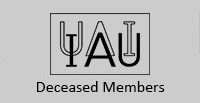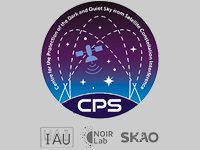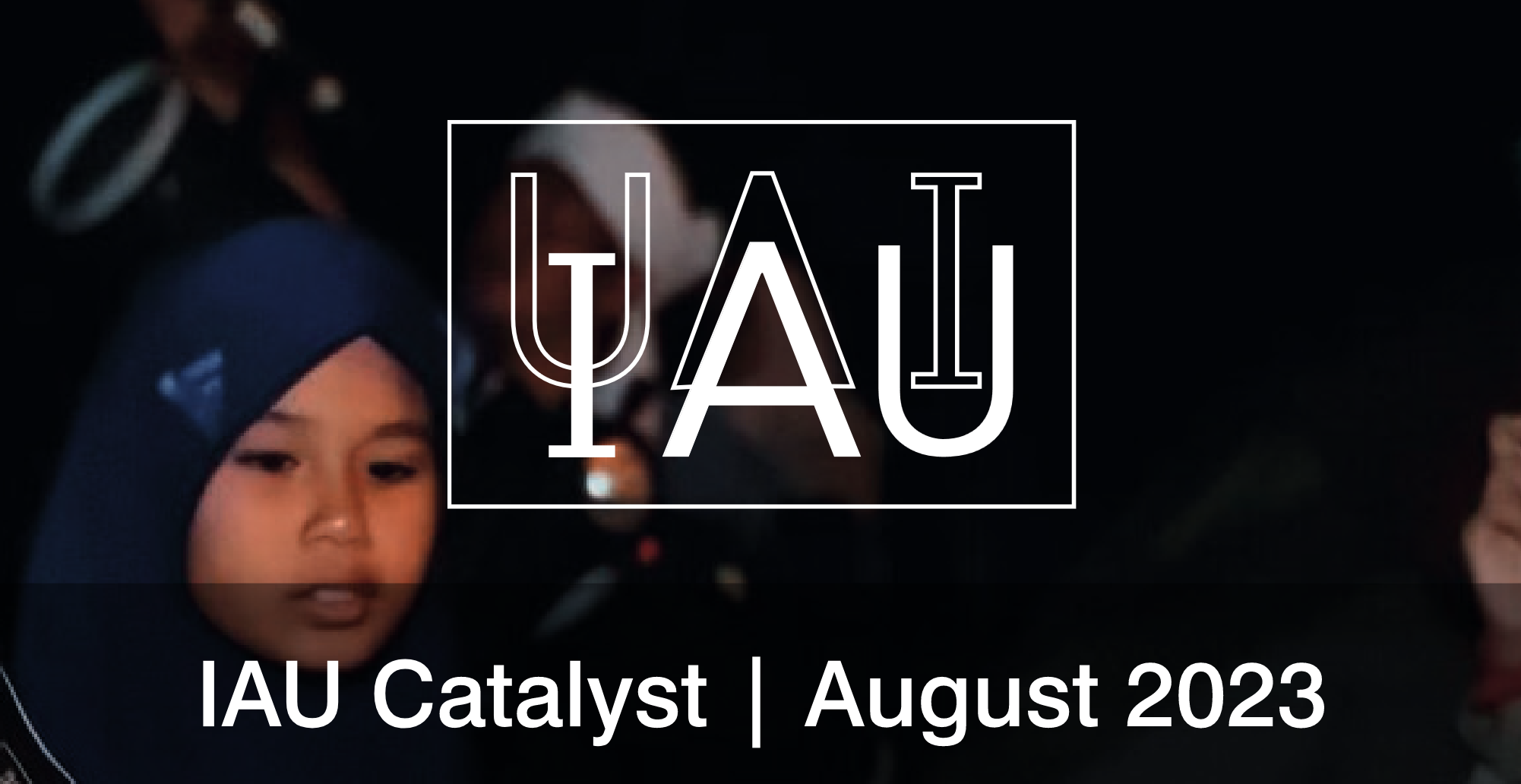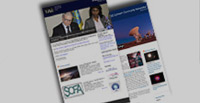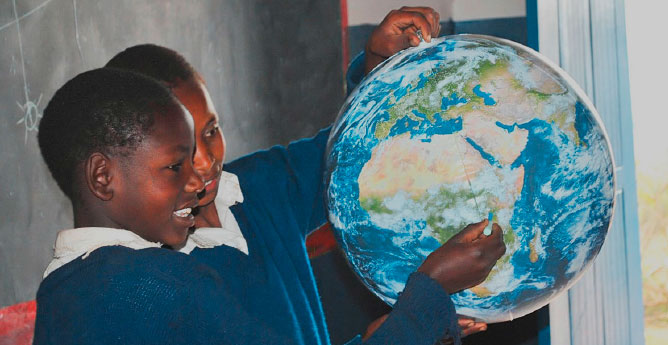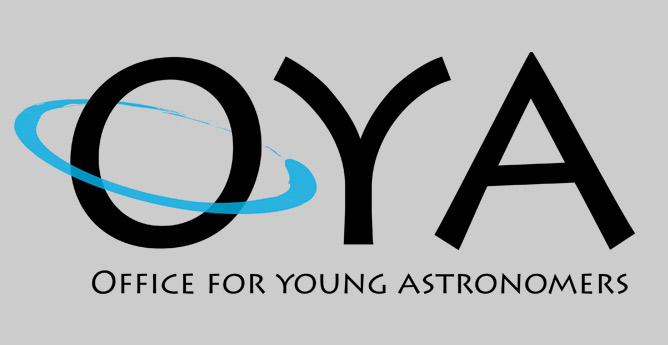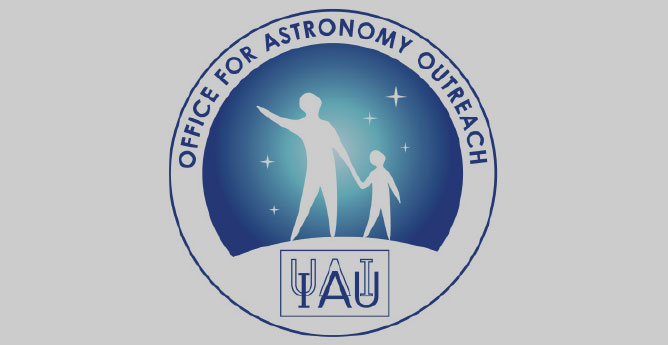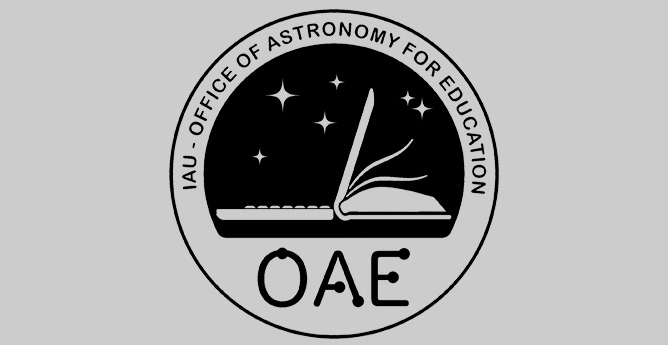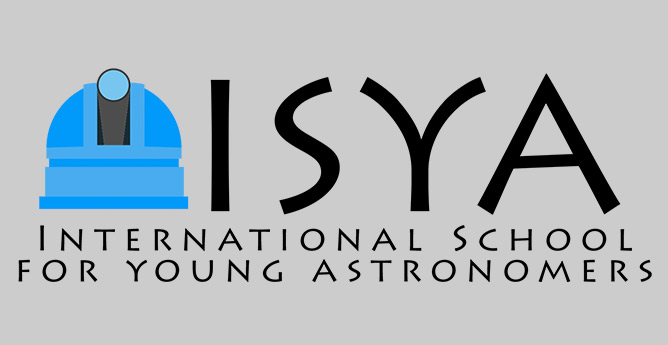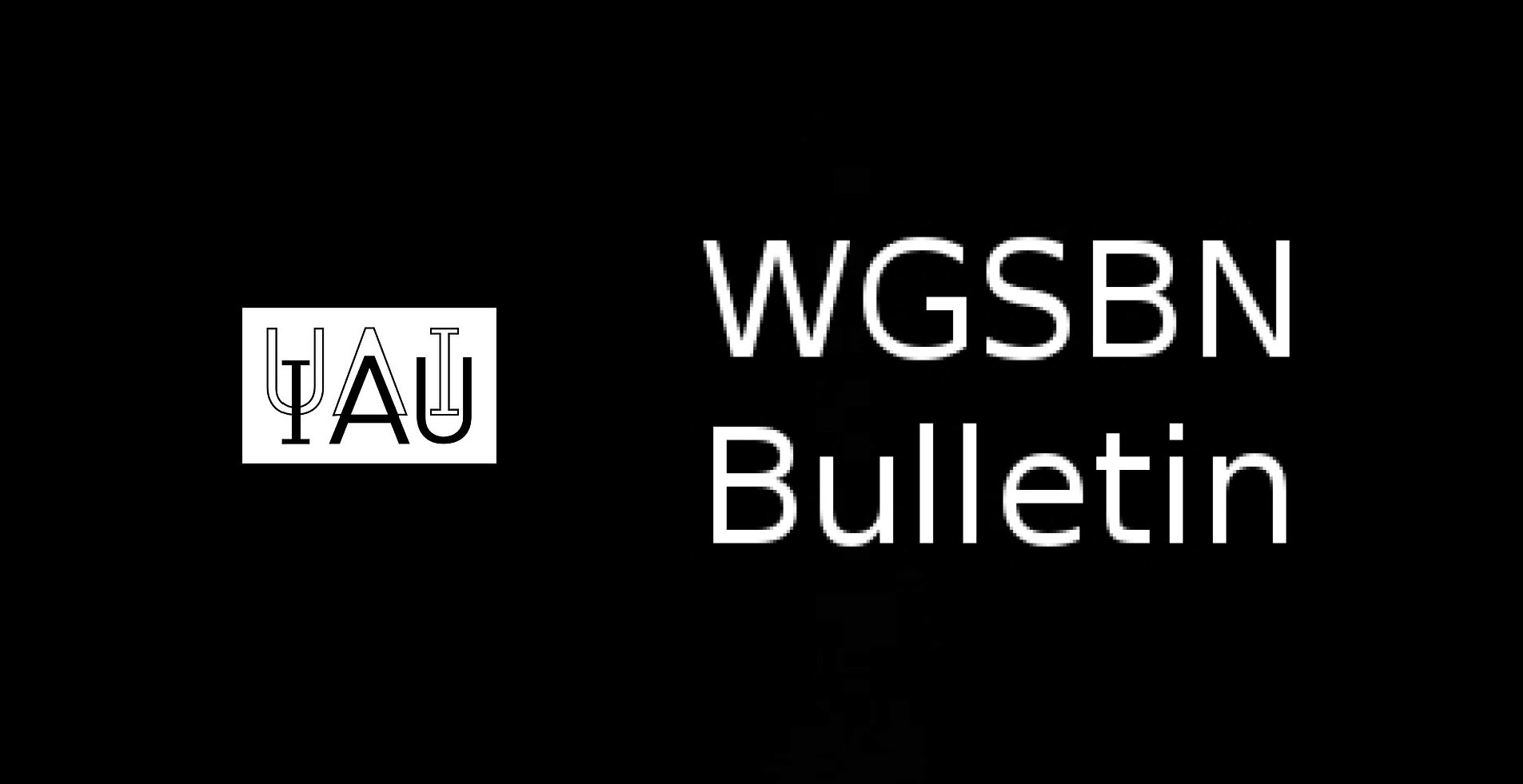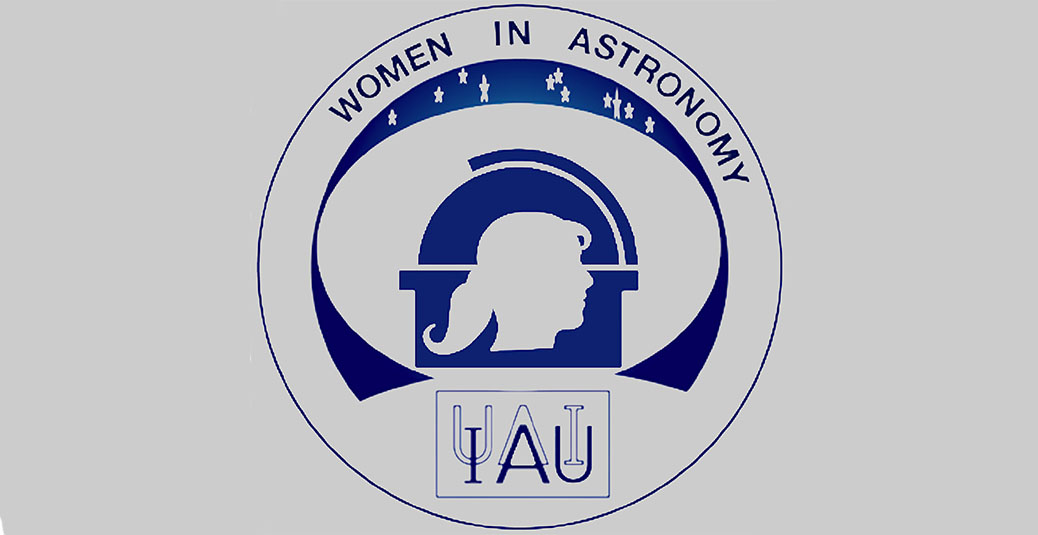- News
- Science
- Scientific Bodies
- Divisions
- Commissions
- Commission A1 Structure
- Commission A2 Structure
- Commission A3 Structure
- Commission A4 Structure
- Commission B1 Structure
- Commission B2 Structure
- Commission B3 Structure
- Commission B4 Structure
- Commission B5 Structure
- Commission B6 Structure
- Commission B7 Structure
- Commission C1 Structure
- Commission C2 Structure
- Commission C3 Structure
- Commission C4 Structure
- Commission C5 Structure
- Commission D1 Structure
- Commission E1 Structure
- Commission E2 Structure
- Commission E3 Structure
- Commission E4 Structure
- Commission F1 Structure
- Commission F2 Structure
- Commission F3 Structure
- Commission F4 Structure
- Commission G1 Structure
- Commission G2 Structure
- Commission G3 Structure
- Commission G4 Structure
- Commission G5 Structure
- Commission H1 Structure
- Commission H2 Structure
- Commission H3 Structure
- Commission H4 Structure
- Commission J1 Structure
- Commission J2 Structure
- Commission J3 Structure
- Commission X1 Structure
- Commission X2 Structure
- Past Commission Organising Committees
- Working Groups
- Centres
- Scientific Meetings
- Rules & Guidelines
- General Assemblies
- Meeting Proposals
- Future IAU Meetings
- General Assemblies
- EC Meetings
- Officers' Meetings
- Regional Meetings
- Symposia
- Focus Meetings
- Institutional Meetings
- IAU Offices Meetings
- IAU-Sponsored Meetings
- Letters of Intent submitted for 2024
- Letters of Intent submitted for 2023
- Letters of Intent submitted for 2022
- Letters of Intent submitted for 2021
- Letters of Intent submitted for 2020
- Past IAU Meetings
- Templates
- Other Meetings
- Grants & Prizes
- Scientific Bodies
- Publications
- IAU Publications
- IAU Strategic Plan
- Symposia
- WGSBN Bulletins
- Regional Meetings
- Information Bulletins/Catalyst
- E-Newsletters
- Focus Meetings
- Transactions A
- Transactions B
- Related Publications
- GA Newspapers
- CAPjournal
- IAU Books
- Brochures
- IAU Offices
- WG Reports
- Commission Reports
- Division Reports
- Past IAU Publications
- Rules, Guidelines and Instructions for Proceedings
- Publishers
- IAU Publications
- Administration
- About the IAU
- Statutes & Rules
- IAU Policies
- IAU Executive Bodies
- IAU Secretariat
- Resolutions
- Members Administration
- Administrative Dates & Deadlines
- International Organisations Relations
- Donate to the IAU
- Training in Astronomy
- Astronomy for Education
- Astronomy for Development
- Astronomy for the Public
- Office for Astronomy Outreach
- FAQ
- Themes
- Satellite Constellations
- Astronomy in Everyday Life
- How to Report a Discovery
- Careers in Astronomy
- Defining our Place in the Cosmos
- The Constellations
- Light Pollution
- Measuring the Universe
- Near Earth Objects
- How to Participate in Astronomy Research
- Naming of Astronomical Objects
- Naming of Exoplanets
- Buying Star Names
- Naming Stars
- Pluto and the Solar System
- IAU Member Statistics
- Our Moon: the Moon
- Meteors & Meteorites: The IAU Definitions of Meteor Terms
- UNESCO-IAU Portal to the Heritage of Astronomy
- Social Media
- Past Events
- Call for Online Resources
- Astronomy@Home Awards
- Contact
Ann Savage
Australia
1947-2017
Obituary:
We are sad to have to report the death of Ann Savage (née Coleman), in Coonabarabran hospital in NSW Australia, on 9th January. She died peacefully, after a long period of declining health. Her astronomical career covered three decades from 1964 to 1995, split between the UK and Australia.
Ann began straight from high school as an assistant in the Nautical Almanac Office, part of the Royal Greenwich Observatory at Herstmonceux Castle in Sussex. There she seized opportunities to obtain a part-time degree in Applied Physics, followed by an MSc at the young Astronomy Centre at the University of Sussex, where many of the early lecturers and students were also RGO employees. Ann and Richard were married in 1969.
In 1972 Ann was accepted as a Sussex PhD student and began to work on quasars with RGO Director Margaret Burbidge, but Margaret returned to the USA and instead Ann accepted an invitation to go to work with John Bolton, head of the Parkes radio telescope (“The Dish” in the movie) in New South Wales. John wanted to have access to the deep Southern Sky Survey photographs which were starting to accumulate at the new UK Schmidt Telescope (UKST), also in NSW. These were ideal for identifying potential quasars, to use to tie the radio and optical position reference frames together. Early in 1974, Ann and Richard arrived in Parkes, where they rapidly adapted to life in country NSW.
The next decade or so was very much a case of Ann being in the right place at the right time: using the most powerful telescopes (both radio and optical) in the southern hemisphere, studying quasars at the cutting edge of astronomical research, and working with many leading astronomers. She was among the first users of the Anglo-Australian Telescope in 1975, and shared in the discovery of PKS 2000-330 in 1982, which remained the most distant known quasar for a decade.
Ann herself has given personal accounts of what her life was like then, in a talk entitled Wild, Woolley and Savage at a symposium in honour of John Bolton (Aust. J. Phys. 1994, 47, 589) and another marking the 35th anniversary of the Anglo-Australian Telescope (AAT) in 2010 (Celebrating the AAO, eds. Cannon & Malin, 2011, pub. Comm. of Australia, p.311). A glance at her list of publications in the NASA/SAO ADS database shows the scope of her work, with 150 entries over 30 years, almost a third of them as first author.
Ann duly completed her PhD in 1978 and was to spend the rest of her career working with the UK Schmidt Telescope. Sons Robert and Ross were born in Parkes in 1977 and 1979 respectively, and Richard became a “house husband”, not such a common occupation at that time. Ann was a full-time member of the small UKST observing team in Coonabarabran (1979-82); worked at the Schmidt Plate Library at the Royal Observatory, Edinburgh (1982-86); and then moved back in Coonabarabran again from 1986 until she retired in 1995. From 1987 to 1993 she took on administrative responsibilities as Astronomer-in-Charge of the UKST, which became part of the AAO in 1988.
The Savages enjoyed family holidays in Australia and elsewhere, especially swimming and snorkelling. Unfortunately, in the early 1980s Ann ruptured her right inner ear while scuba diving in the Red Sea and this eventually led to a complete loss of hearing on one side and serious balance problems. These severely limited how long she could cope with reading and working with computers, and made it increasingly difficult for her to continue her work as an astronomer, leading to her early retirement.
For many years, Ann had written articles for the local Coonabarabran Times newspaper, in which she managed to combine astronomical information with cookery recipes. After retiring she became much more involved in the local Coonabarabran community. About four years ago she was diagnosed with inoperable cancer, which was partially controlled with chemotherapy.
Ann’s funeral was held on Friday 13th January in the new “Native Grove” cemetery in Coonabarabran. It was essentially a family ceremony, attended by her many local friends and former observatory colleagues.
My thanks to Richard and Ross for some of the information in this note, to Marg Mack who gave me a copy of her Eulogy, to Sue Tritton for some key dates, and to Fred Watson who prepared a similar note for the AAO Newsletter.
- Russell Cannon, 15 Jan 2017
Past affiliation(s) within the IAU
- Past Member of Division B Facilities, Technologies and Data Science (until 2017)
- Past Member of Division J Galaxies and Cosmology (until 2017)
- Past Member of Commission 28 Galaxies (until 2015)
- Past Member of Commission 40 Radio Astronomy (until 2015)
- Past Member of Commission 47 Cosmology (until 2015)
- Past Member of Division VIII Galaxies & the Universe (until 2012)
- Past Member of Division X Radio Astronomy (until 2012)
Search individual members
